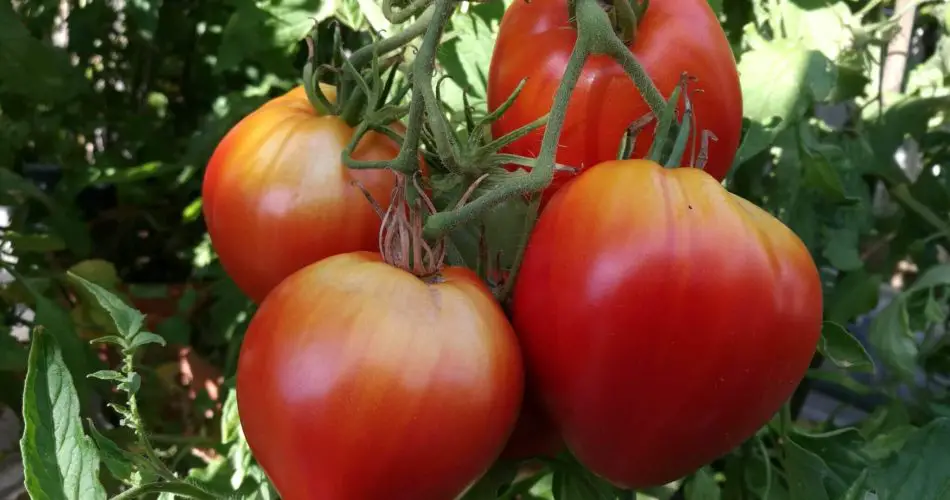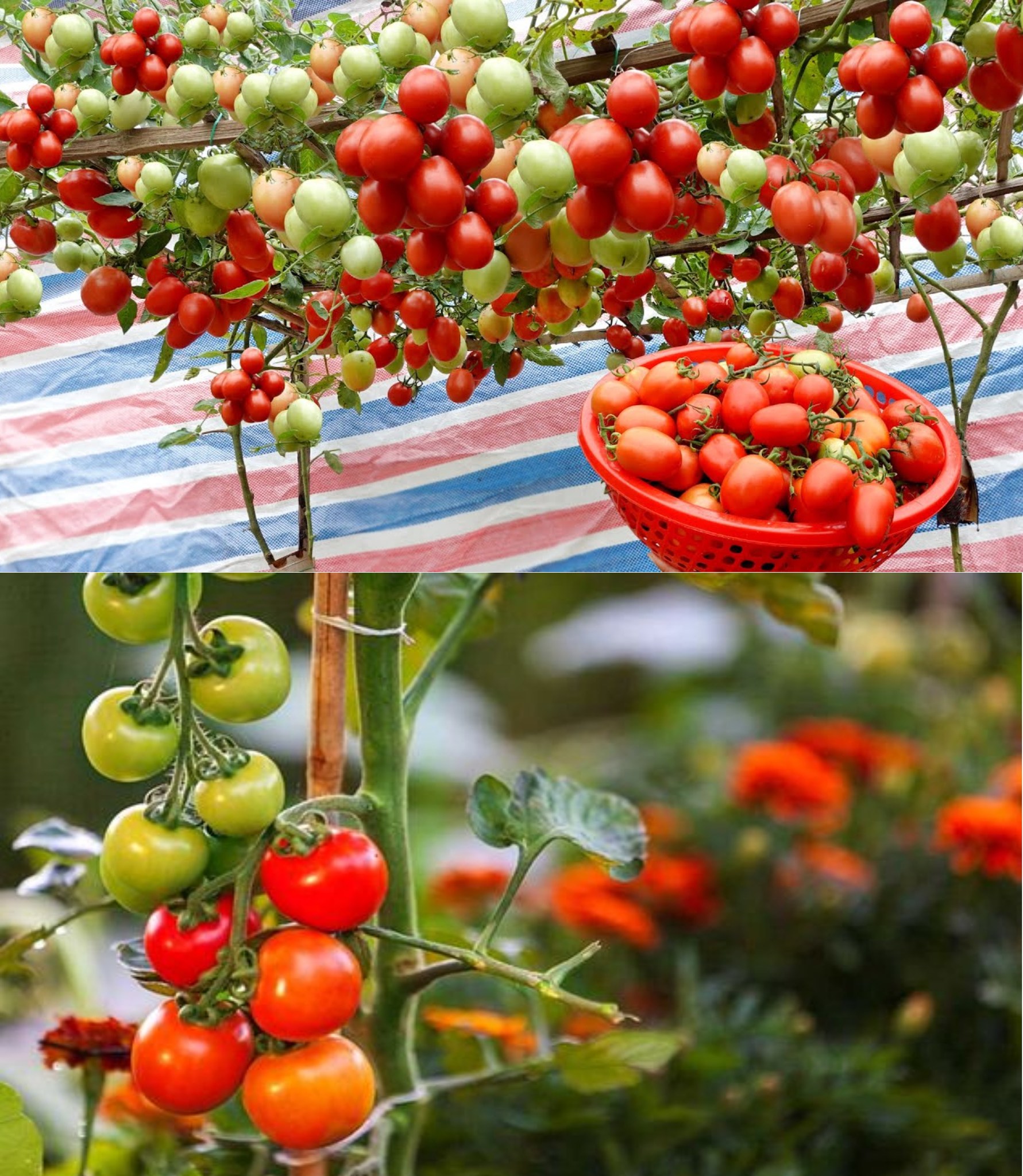Embarking on the cultivation of tomatoes is a common motivation for starting a vegetable garden, with enthusiasts aiming to nurture the ideal specimen—firm yet juicy, sweet yet tangy, aromatic, and flawless. Unfortunately, few vegetables face as many challenges as tomatoes. Attaining flavorful tomatoes requires the careful selection of suitable varieties, fostering robust plant growth, and proactively addressing potential issues. Commence your gardening journey with these proven tips for growing tomatoes, guaranteeing satisfaction with the harvest from your vegetable garden this season.

- Choose the Right Varieties: Select tomato varieties that are well-suited to your climate, soil type, and intended use. Consider factors such as size, flavor, disease resistance, and whether you want determinate or indeterminate varieties.
- Start with Quality Seeds or Seedlings: If you’re starting from seeds, choose high-quality, disease-resistant seeds. If you’re using seedlings, look for healthy plants with sturdy stems and vibrant leaves. Avoid plants with signs of disease or stress.
- Provide Adequate Sunlight: Tomatoes thrive in full sunlight. Plant them in a location where they will receive at least 6-8 hours of direct sunlight per day. Ensure that the area has good air circulation to reduce the risk of diseases.
- Use Well-Draining Soil: Tomatoes prefer well-draining soil with plenty of organic matter. Amend the soil with compost or well-rotted manure to improve fertility and structure. Avoid waterlogged conditions, as this can lead to root rot.
- Support Your Plants: Tomato plants benefit from support as they grow. Stake or cage your plants to keep them upright and prevent sprawling. This helps improve air circulation, reduces the risk of diseases, and makes harvesting easier.
- Water Consistently: Tomatoes need consistent moisture, especially during dry periods. Water at the base of the plant to keep the foliage dry and reduce the risk of fungal diseases. Avoid overhead watering, which can promote the spread of diseases.
- Fertilize Appropriately: Use a balanced fertilizer or one specifically formulated for tomatoes. Start with a fertilizer high in phosphorus at planting time to promote root development. Once the plants start flowering, switch to a fertilizer higher in potassium for fruit development.
- Prune for Air Circulation: Pruning can help improve air circulation around the plants, reducing the risk of diseases. Remove the lower leaves, especially if they touch the soil. Indeterminate varieties may benefit from selective pruning of suckers to focus energy on fruit production.
- Mulch Around Plants: Apply a layer of mulch around the base of the plants to help retain soil moisture, suppress weeds, and regulate soil temperature. Mulching also prevents soil splashing onto the lower leaves, reducing the risk of soil-borne diseases.
- Monitor for Pests and Diseases: Regularly inspect your tomato plants for signs of pests, such as aphids or tomato hornworms, and diseases, such as early blight or late blight. Act promptly if you notice any issues, using organic or chemical solutions as appropriate.
By following these tips, you can increase the likelihood of a successful tomato harvest and enjoy delicious homegrown tomatoes.
